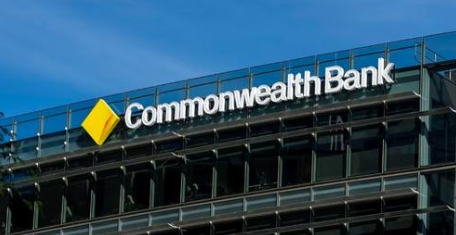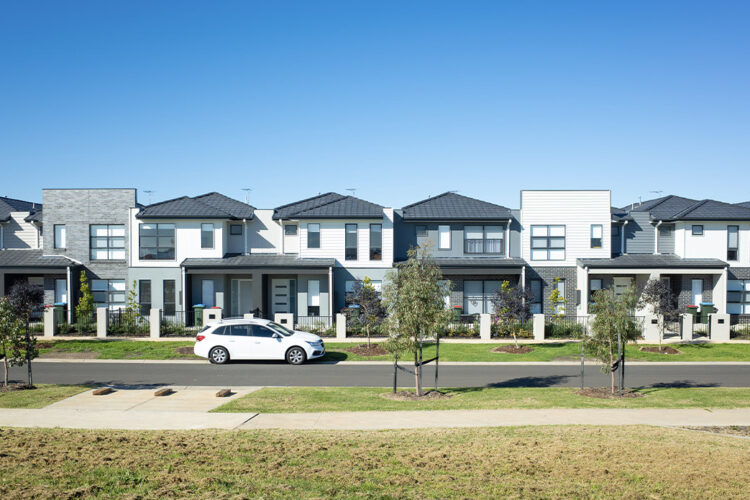An easing of Australia’s rental market in the final quarter of 2022 was not enough to halt the country’s annual rents from growing at record highs, according to new research.
Property research and analytics group CoreLogic has released its Quarterly Rental Review for the fourth quarter of last year, revealing that Australian rents rose by an unprecedented 10.2 per cent throughout 2022.
The new record came even as the pace of rental growth slowed during the backend of the year.
Australia’s rental markets reported a slowdown in the pace of rental growth during the final quarter of the year as rents grew 2 per cent during the three months leading to December, as opposed to the 2.3 per cent growth the preceding quarter and a peak quarterly growth rate of 3 per cent registered in the three months to May.
Report author and CoreLogic head of research Eliza Owen outlined that cooling rental growth during the year’s tail end coincided with a slight increase in rental vacancies during December to 1.17 per cent — up from a recent low of 1.05 per cent registered a month earlier.
Ms Owen explained that “the decline in quarterly rental growth rates observed in the December quarter was led by the capital cities where rents continued to increase but at a slightly slower rate than they have done in September and June quarters”.
Despite easing rental growth potentially signalling a market shift is underway, she conceded that “it’s not great news for tenants just yet [as] rents are still rising in most capital cities and regional areas with vacancy rates low”.
Regional rental markets reported an unchanged quarterly growth rate of 1.3 per cent despite mixed outcomes in rental performance as most markets experienced an increasing rental growth rate, albeit with declines reported in regional Northern Territory, South Australia, and Queensland.
Canberra logged the largest rate of decline among Australia’s capital cities — 0.7 per cent — led by a 0.8 per cent drop in house rents, while units registered a 0.2 per cent fall, culminating in median rents in the Australian capital sitting at $681 at year’s end, marking it was the most expensive rental market in the country.
Quarterly rates of rental growth eased across Adelaide, Brisbane, Sydney, and Melbourne, while Perth was the only capital city rental market to experience an increase in the rate of quarterly growth.
Trailing Canberra as the country’s most expensive place for renters is Sydney, where tenants can command $679 per week for accommodation, with Darwin rounding out the podium places ($594 per week.)
Conversely, Melbourne remains Australia’s most affordable capital city to rent in, with a median weekly rent of $507. Adelaide finished 2022 in second place, with median rents of $518 per week, followed by Hobart’s $552.
Brisbane recorded the largest year-on-year median unit (13.4 per cent) and house (13 per cent) rent change, while Canberra ranked last for yearly rental growth across both dwelling classifications, as unit rents rose 4.3 per cent, slightly lower than the 4.6 per cent across houses in the national capital.
Across the country, Adelaide remains the tightest rental market, with a vacancy rate of 0.4 per cent, followed by Perth’s 0.5 per cent. Meanwhile, Darwin is the easiest city to locate a rental as vacancy rates ended 2022 at 1.8 per cent, with Sydney and Canberra (both 1.6 per cent) closely following.
Gazing forward to the year ahead, Ms Owen said the rental market’s outlook is mixed, arguing that “on the one hand, returning overseas migration is likely to place continued demand on rental markets popular with overseas arrivals”, in areas such as Melbourne’s south-east and Sydney’s inner south-west.
“On the flip side, investor activity, and therefore rental supply, is not expected to pick up substantially in the year ahead. Even though rent yields are rising, investors are facing higher interest costs, and reduced capital growth prospects,” she said.
CoreLogic’s final quarterly review for 2022 revealed that the growth of rent values had outpaced purchase values on a monthly basis since February, leading to a 57-basis point improvement in national gross rent yields — 3.78 per cent in the December quarter — though this figure remains well-off the pre-COVID-19 decade average of 4.24 per cent.
Lifting rental yields were highest in Australia’s unit sector, where gross unit rent yields increased 24 basis points (bps) to 4.39 per cent, as opposed to house yields jumping 19 bps to 3.58 per cent.
Regional Australia experienced a slightly faster yield uplift of 22 bps to 4.50 per cent in December when compared to the 20-bp jump to 3.56 per cent across the nation’s combined capitals.
Following a seasonal peak in the four weeks to 11 December, when 50,867 new advertised rental listings hit the market, Ms Owen explained another seasonal increase is expected during 2023’s first quarter, which could unlock additional choices for renters.
Additionally, she explained that demand-driven shifts, such as more shared housing, and internal migration to more affordable markets, may assist in easing rental conditions.


